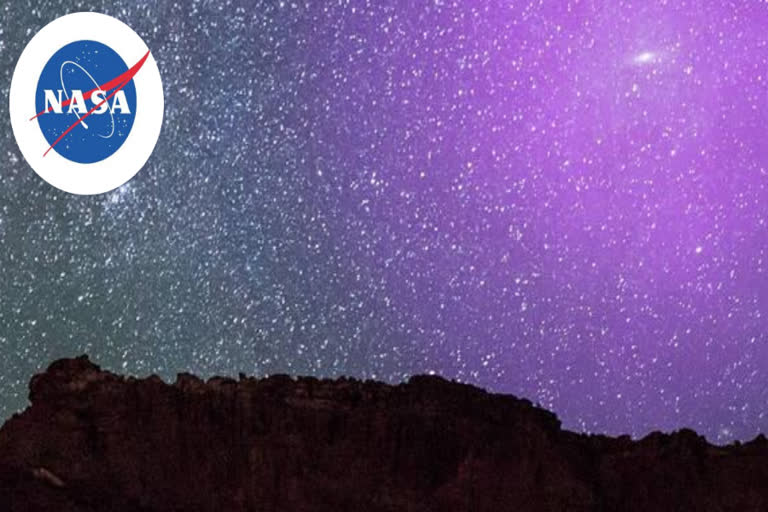Washington D.C. : They also found that the halo has a layered structure, with two main nested and distinct shells of gas. This is the most comprehensive study of a halo surrounding a galaxy.
Samantha Berek of Yale University in New Haven, Connecticut said, “Understanding the huge halos of gas surrounding galaxies is immensely important. This reservoir of gas contains fuel for future star formation within the galaxy, as well as outflows from events such as supernovae. It’s full of clues regarding the past and future evolution of the galaxy, and we’re finally able to study it in great detail in our closest galactic neighbor.”
The team also discovers a large number of heavy elements in the gaseous halo of Andromeda. Heavier elements are cooked up in the interiors of stars and then ejected into space and sometimes violently as a star dies. The halo is then contaminated with this material from stellar explosions.
The Andromeda galaxy, also known as M31, is a majestic spiral of perhaps as many as 1 trillion stars and comparable in size to our Milky Way. At a distance of 2.5 million light-years, it is so close to us that the galaxy appears as a cigar-shaped smudge of light high in the autumn sky. If its gaseous halo could be viewed with the naked eye, it would be about three times the width of the Big Dipper. This would easily be the biggest feature of the nighttime sky.
Through a program called Project AMIGA (Absorption Map of Ionized Gas in Andromeda), the study examined the light from 43 quasars i.e. the very distant, brilliant cores of active galaxies powered by black holes which are located far beyond Andromeda.
“Previously, there was very little information—only six quasars—within 1 million light-years of the galaxy. This new program provides much more information on this inner region of Andromeda’s halo,” explained J. Christopher Howk.
Scientists have studied gaseous halos of more distant galaxies, but those galaxies are much smaller on the sky, meaning the number of bright enough background quasars to probe their halo is usually only one per galaxy. Spatial information is therefore essentially lost. With its close proximity to Earth, the gaseous halo of Andromeda looms large on the sky, allowing for a far more extensive sampling.
“This is truly a unique experiment because only with Andromeda do we have information on its halo along not only one or two sightlines, but over 40. This is groundbreaking for capturing the complexity of a galaxy halo beyond our own Milky Way,” Lehner said.
In fact, Andromeda is the only galaxy in the universe for which this experiment can be done now, and only with Hubble. Only with an ultraviolet-sensitive future space telescope will scientists be able to routinely undertake this type of experiment beyond the approximately 30 galaxies comprising the Local Group.
Also Read: NASA: OGO-1 Spacecraft to reenter Earth’s atmosphere


